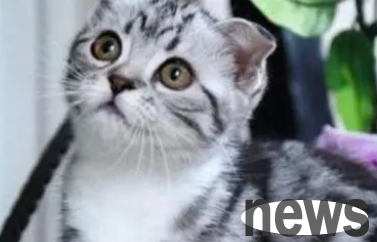You can use 5% sodium hypochlorite to disinfect the cat indoors, which can kill feline plague virus, canine parvovirus, and calicivirus, and can kill feline spores with strong vitality. However, this disinfectant has a irritating smell and has a certain corrosion resistance to metals; secondly, quaternary ammonium salt disinfectants, which have a high sterilization effect, but cannot kill feline bacteria; finally, dimethylphenol disinfectants, which have a good killing effect on the virus and are slightly toxic.

What disinfectant is the best for raising cats?
1. Sodium hypochlorite - 84 disinfectant
Generally speaking, chlorine-containing disinfectant products have stronger sterilization ability, but their irritation cannot be ignored. Cats who are sensitive to the smell will get a little aggravated when they smell the smell of sodium hypochlorite, and they can't help but want to lick it, so they lick it and go to the hospital. However, it is not said that using disinfectant containing sodium hypochlorite will inevitably lead to cat poisoning.
On the contrary, many data indicate that as long as it is appropriately diluted and used, it is safe for cats to disinfect the home environment.
Tips: If sodium hypochlorite comes in direct contact with urine, it will produce toxic gases, so it is not suitable for washing cat litter boxes.
When using sodium hypochlorite, the cat should be isolated and a second wipe must be performed after disinfection.
2. Quaternary ammonium salt disinfectants
Quaternary ammonium salt disinfectants can kill microorganisms, have good surfactant effects, and can highly gather on the surface of bacteria, affecting the metabolism of bacteria. Quaternary ammonium salt disinfectants have the characteristics of non-irritation to the skin and mucosa, good stability, no damage to disinfected items, and environmentally friendly. This is difficult for many other disinfectants to do. For this reason, quaternary ammonium salt disinfectants are widely used in all aspects of disinfection in hospitals, schools, and homes, but they cannot effectively kill common cat viruses.

3, Dimethylphenol disinfectant
Generally, m-chlorodimethylphenol is an anti-mold antibacterial agent. It belongs to the phenol. It can inhibit most Gram-positive bacteria, negative bacteria, fungi and mold. It is a low-toxic substance. It is generally mainly used for disinfectants. It can be used to wash clothes, wipe tables, chairs, benches, and disinfect the floor and toilet.
As long as it is not oral, it is not harmful in most cases. Therefore, the cat needs to be isolated when used, and wipe and ventilate after disinfection to prevent the cat from licking items stained with disinfectant.
